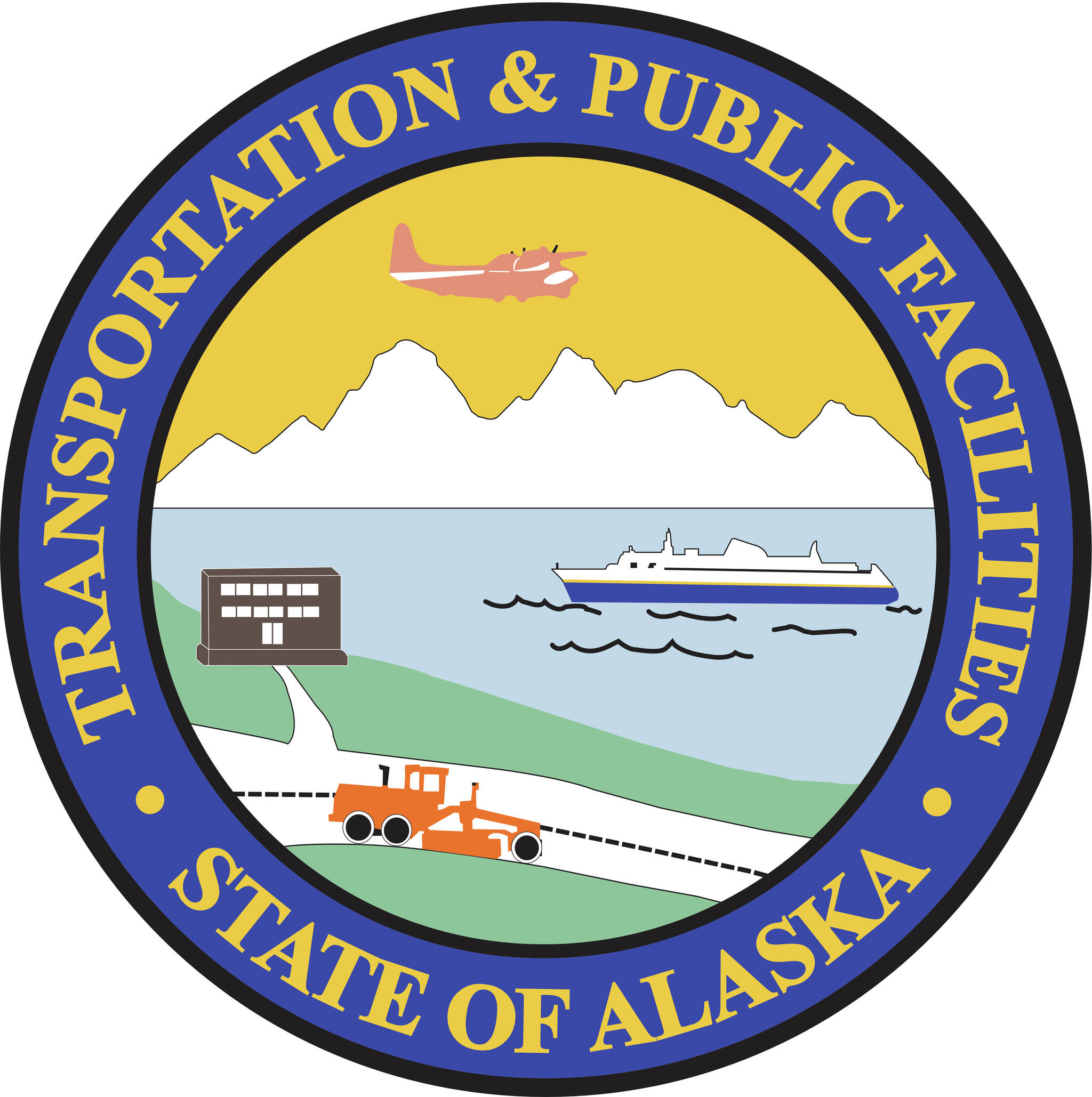The House Transportation Committee on Thursday, July 11 held a public meeting with the Alaska Department of Transportation and the Department of Public Safety that focused on traffic safety during dipnetting season, particularly related to the Kenai Peninsula and the Matanuska-Susitna region.
Big Lake Republican Rep. Kevin McCabe, chair of the Transportation Committee, directed most of the meeting. Other legislators present were Rep. Sarah Vance, R-Homer; Rep. Thomas McKay, R-Anchorage; and Rep. Jesse Sumner, R-Wasilla.
McCabe said typically meetings with the committee take place in Juneau during the winter season but the committee thought the summertime would be a good reminder for travelers — especially those heading to the Kenai Peninsula — to keep in mind summer safety concerns.
The major topics for the meeting were safety and road conditions, speed limit designations and data on motor vehicle accidents. They also discussed youth traffic use of ATVs.
The first speakers were Tony April, deputy director of the Alaska State Troopers, and Shannon McCarthy, communications director for DOT.
April said 15 vehicle collisions in Alaska have so far this year killed 18 people. Three of these have been on the Kenai Peninsula.
April provided basic recommendations on what Alaskans can do to help reduce traffic collisions: “Following the law, no drinking and driving, no driving impaired, wearing your seat belt, obeying the speed limit, not following too close to vehicles in front of you, no distracted driving and drive courteously.”
He also noted that drivers should make sure their vehicles are safely and regularly maintained. He also provided suggestions for safety procedures of ATV use.
As a follow-up to April, Vance noted several fatal vehicle and ATV accidents on the Sterling Highway south of Soldotna in 2022 and 2023. “I’ve looked at the data of the fatalities — the level of crashes in the safety corridor on the Sterling Highway — and it seems like we have had significant increase.”
Vance additionally stated that she would like to see a greater presence of Alaska State Troopers on the Sterling Highway, particularly during July due to the southern Kenai Peninsula during dipnetting season.
In relation, McCabe noted that it appears that 30% of accidents are caused when other vehicles are not able to pass a motorhome vehicle traveling 40 MPH. “It causes a sense of impatience,” he said.
In response, April stated that a DOT traffic and safety engineer is assessing the benefits of installing increased information signage to inform drivers how soon the next available passing lane will be available. Confirmation they will be able to get around a slow vehicle does help with driver patience, he said.
McCarthy brought up general Alaskan driving habits in comparison to other states due to the size of the state, the interest in summer sport fishing, but also general needs such as access to employment or medical care that might not be available in some of the state’s more rural communities.
She also mentioned that it is important to acknowledge that concerns related to traffic are not just a summer tourism issue but that Alaskans also need to take “responsibility and not get frustrated.”
Anna Bosun, central region traffic safety engineer, provided some additional information on traffic safety corridors that the Alaska DMV is considering from crash data collected between 2006 through 2022.
Vance presented questions on safety corridors on the highway versus other roads and questioned why the southern Kenai seems to have fewer of them than the northern district.
Bosun defined “traffic corridor” as a designation outlined by state legislation for “rural roadway locations that have a certain crash rate of severe and fatal crash rates happening,” she said. Corridor consideration is undertaken by screenings on a state scale, not just the central region, she said.
Additional options she mentioned for improving safety is implementing double fine areas, which also requires the commitment of law enforcement. McCabe said signage for moving personal vehicles into a slow lane when there are more than five vehicles behind a driver can provide a safe opportunity to pass.
McCarthy noted another national study on this topic where when vehicles approach a passing zone, they tend to speed up rather move into the slower right lane and allow vehicles behind to pass safely, which led to passing rates being higher than intended. In order for vehicles to get ahead of the previously slow driver, they have to increase their speed as well.
Vance asked about what statistics McCarthy could provide on alcohol- and marijuana-related traffic fatalities on the Kenai Peninsula.
McCarthy said that topic is more typically addressed by the Department of Health. Crash data doesn’t necessarily report what the person involved in the crash was impaired with. McCarthy noted that both marijuana and opioid use has likely contributed to impaired vehicle use, as well as alcohol.
McCabe asked for some additional information on how a speed limit is determined and when and where vehicles are required to reduce speed or not, particularly in regard to semitrucks. McCarthy responded that the DOT is reevaluating their speed limit policy, especially as community population and land use context changes over time in particular traffic corridors. She said this is an adjustment happening at a federal level, not just state.
Following the Sterling Highway discussion, there was also discussion and presentations provided on the highways north of Anchorage.
Additional topics discussed at the remainder of the meeting included seat belt use, behavior and visibility of pedestrians, bicyclists and motorcycle traffic.
Presenters also noted that there is a Statewide Transportation Improvement Program public review comment period open now that will close on Aug. 5.
More information on details for that are available at dot.alaska.gov/stip.
The project is related to transportation programs and projects scheduled for the next four years, including highway improvements, bridge repairs, waterways projects and enhancements to public transportation, according to the state website.


